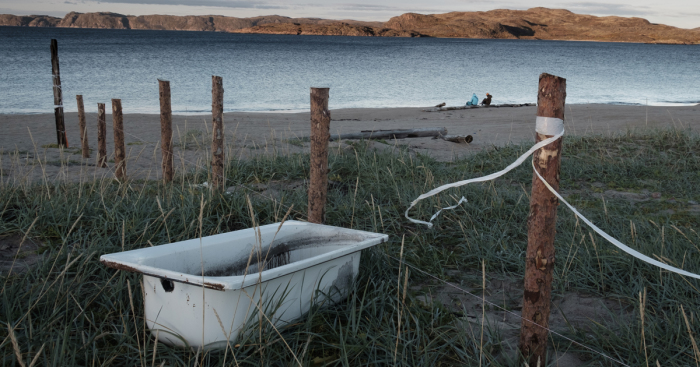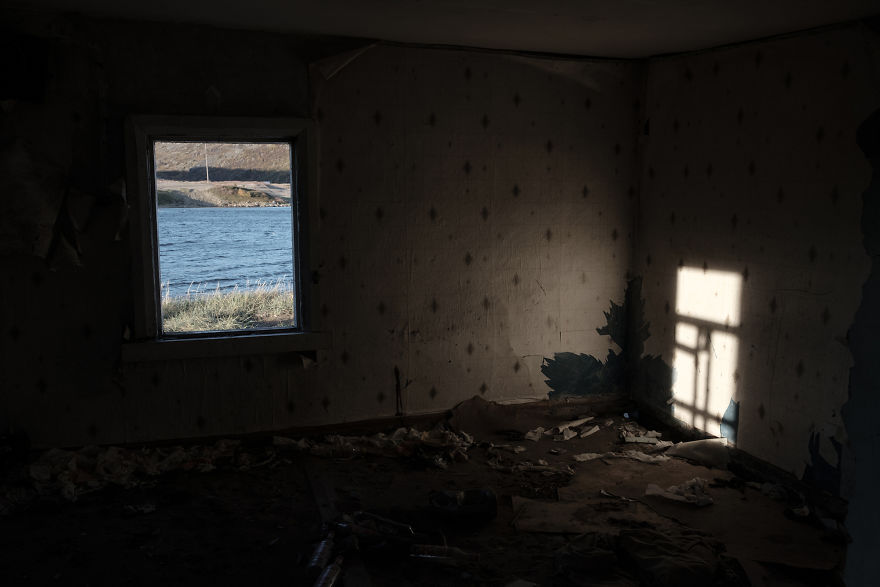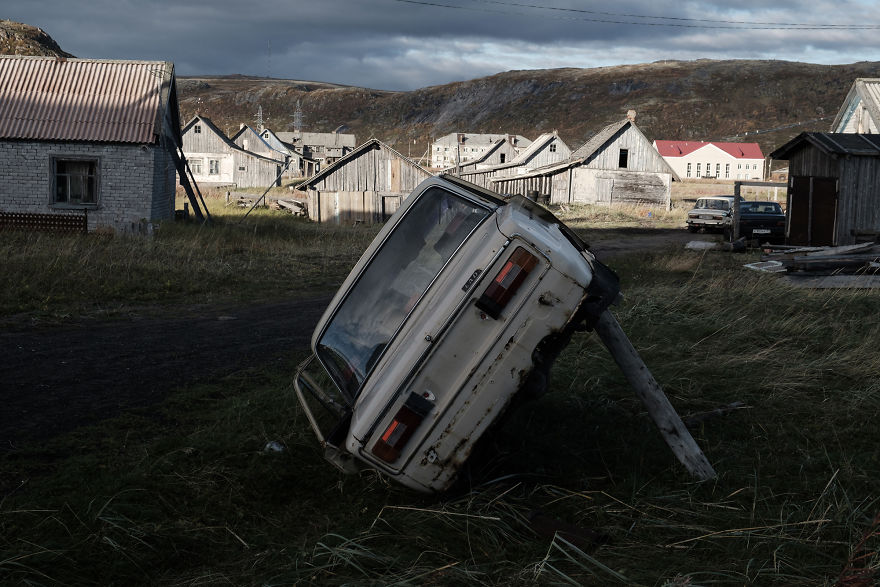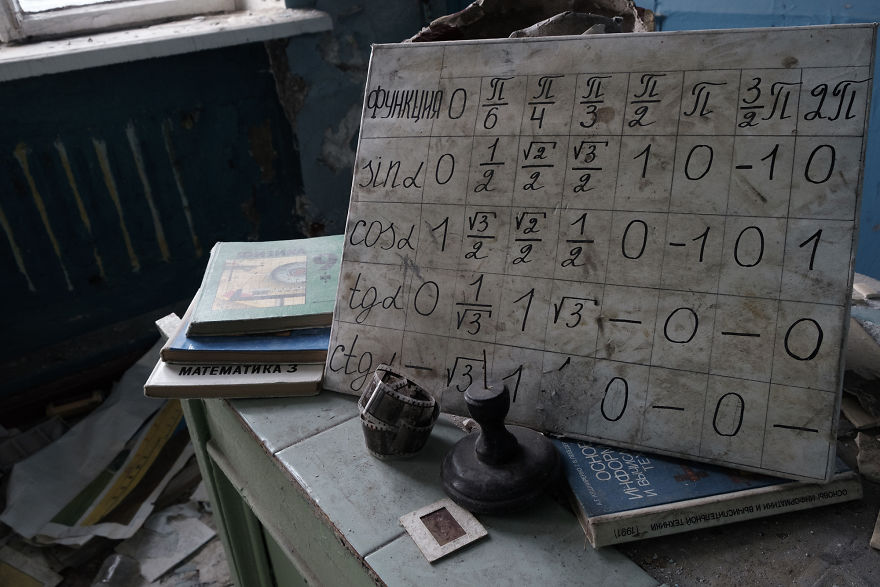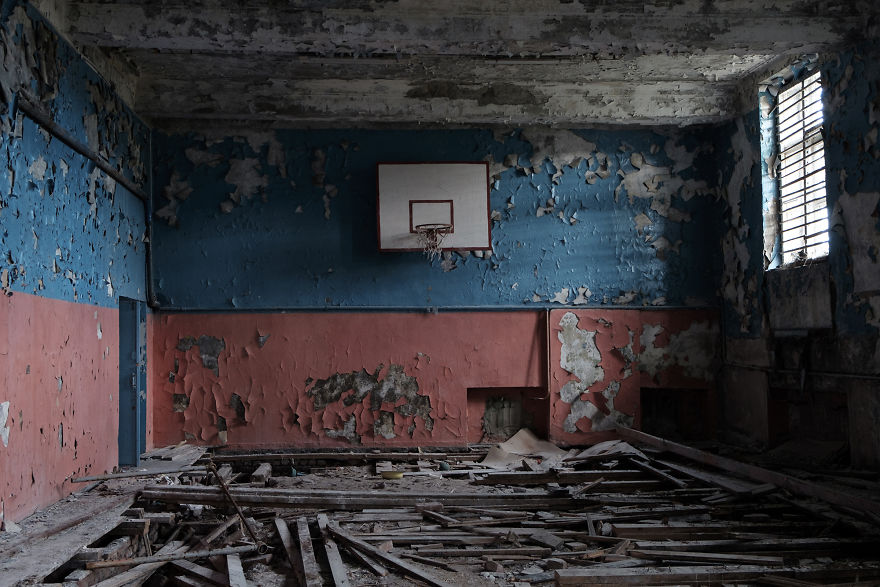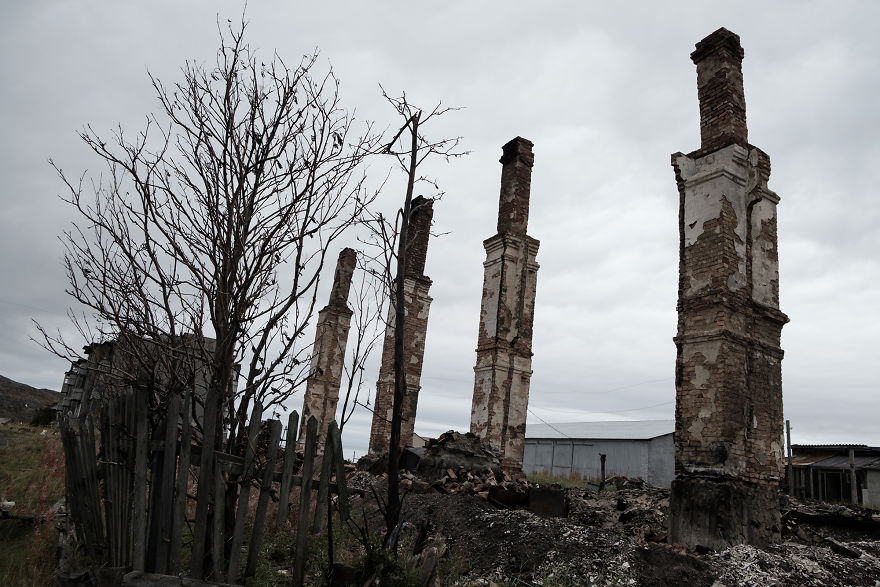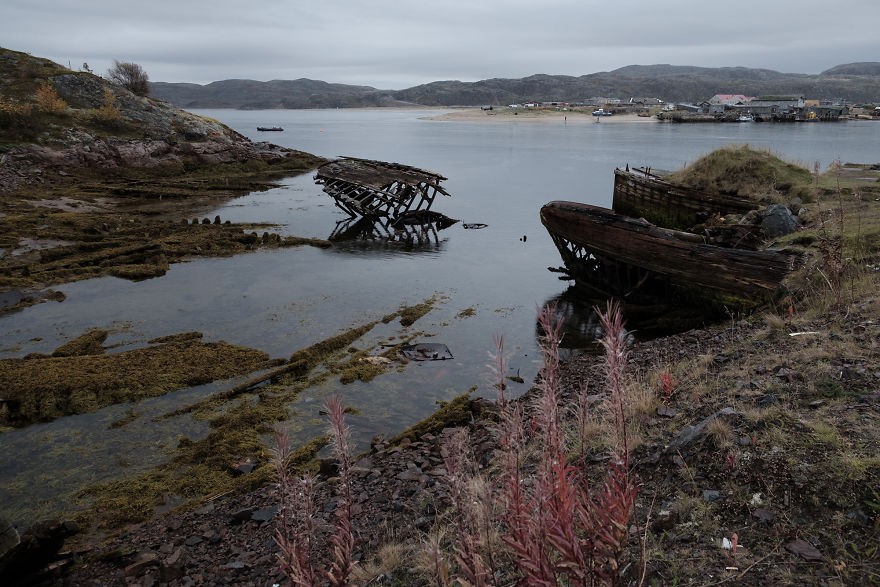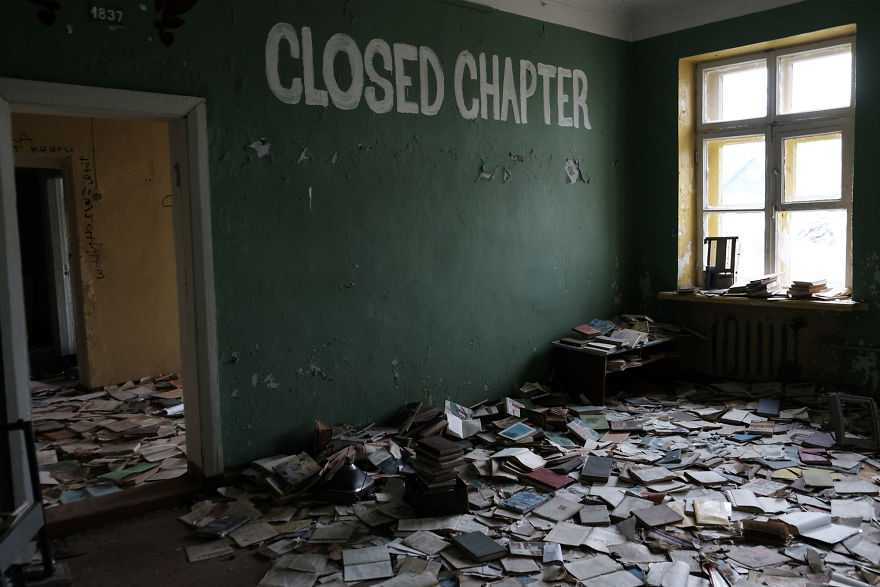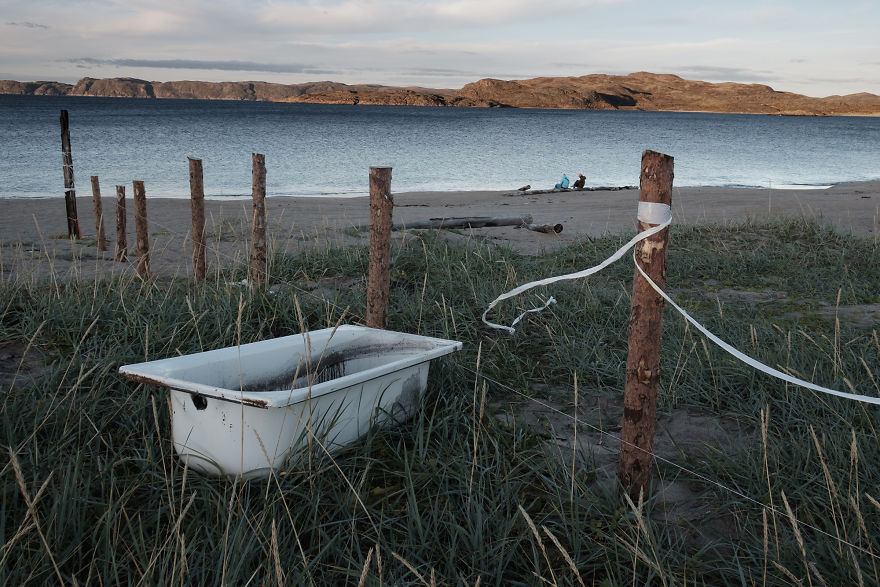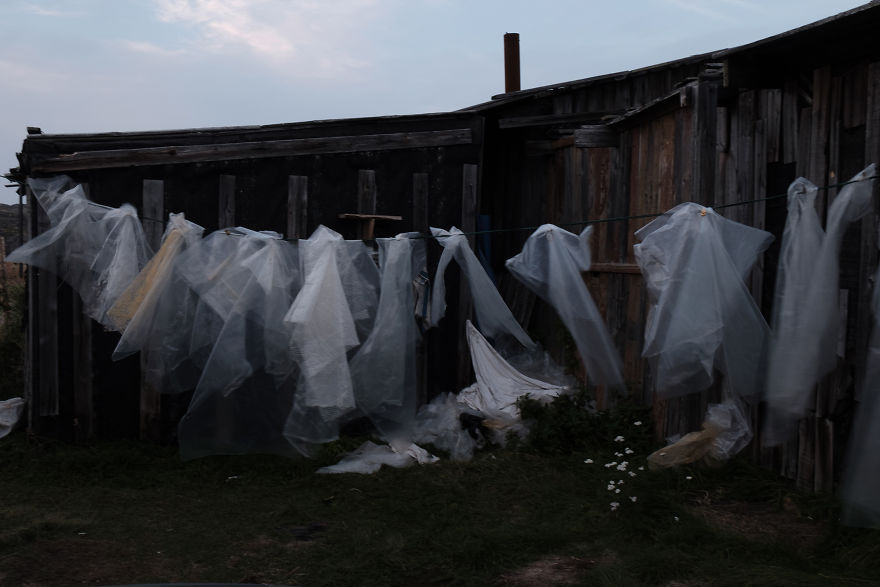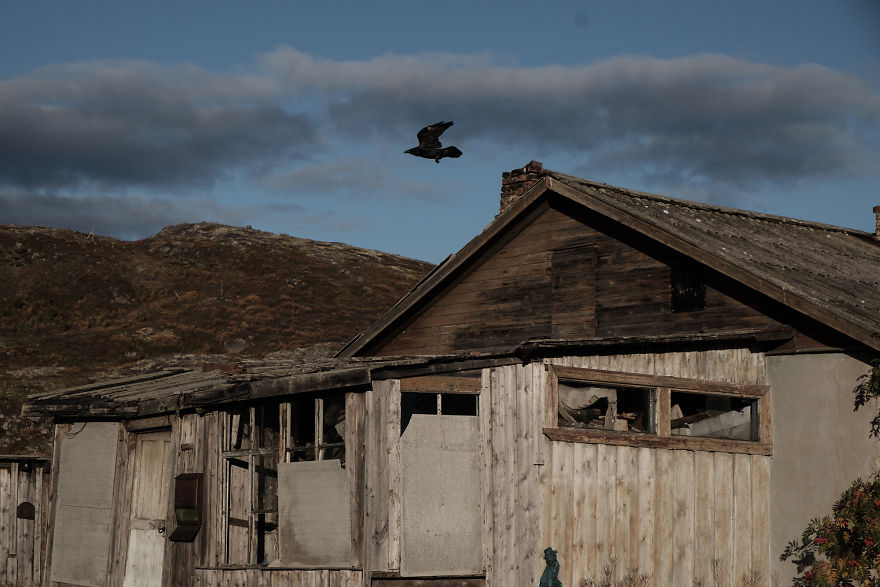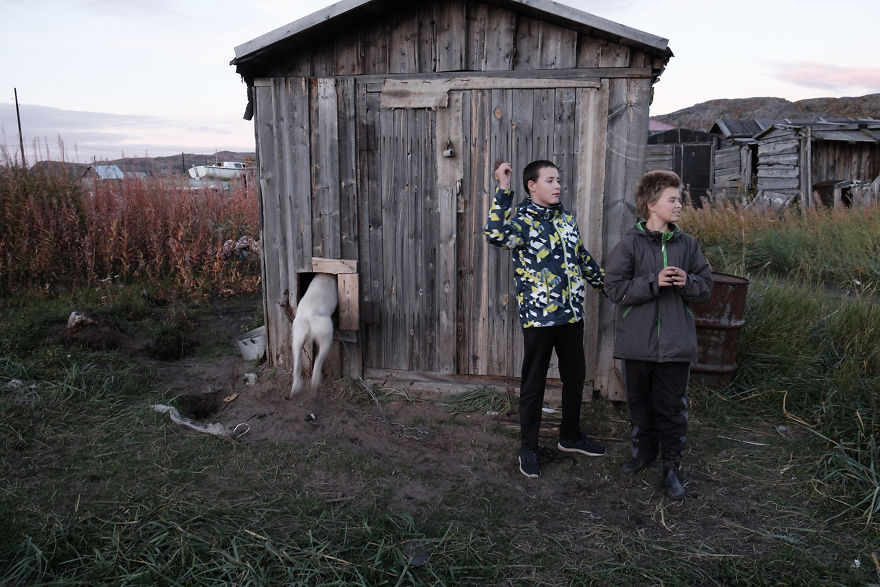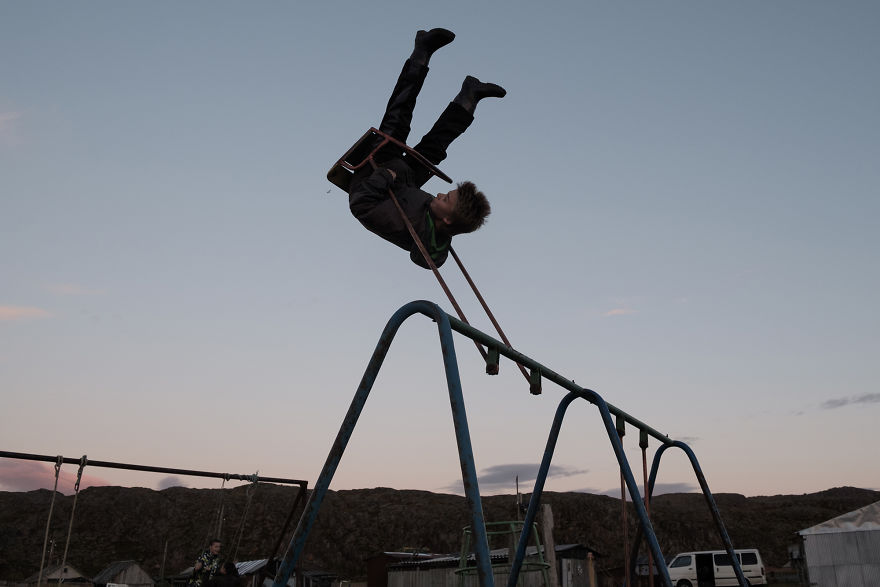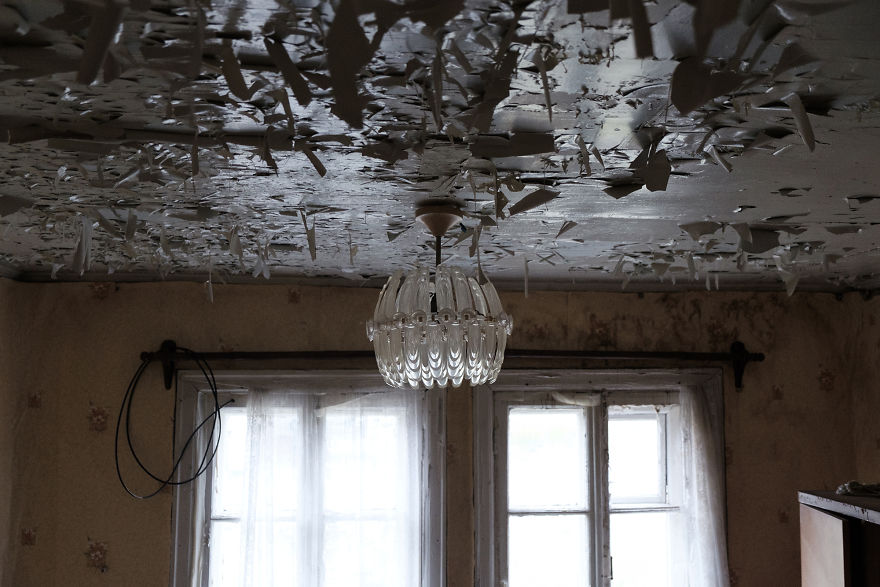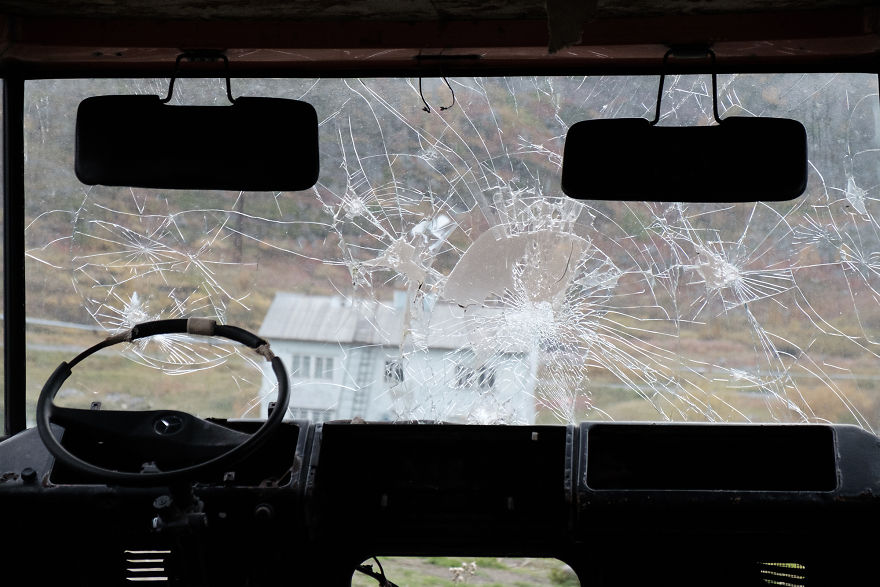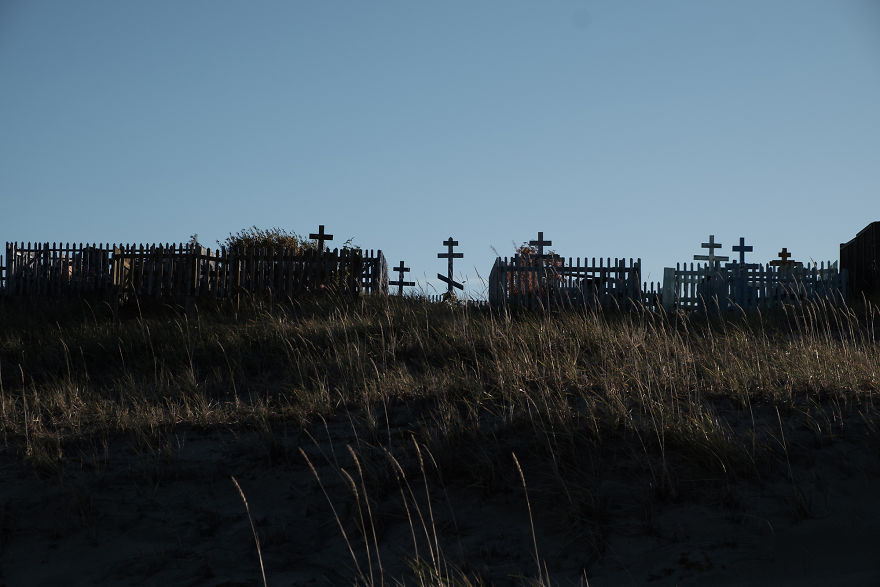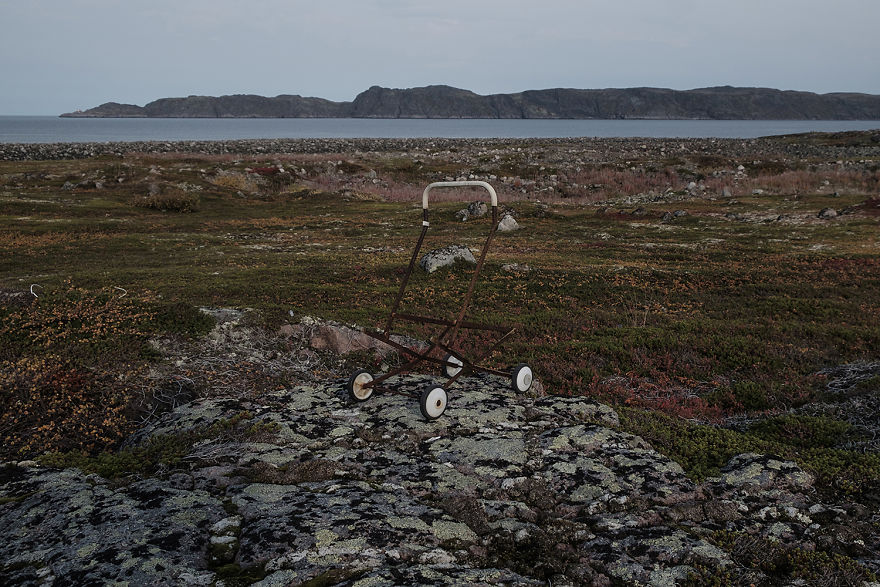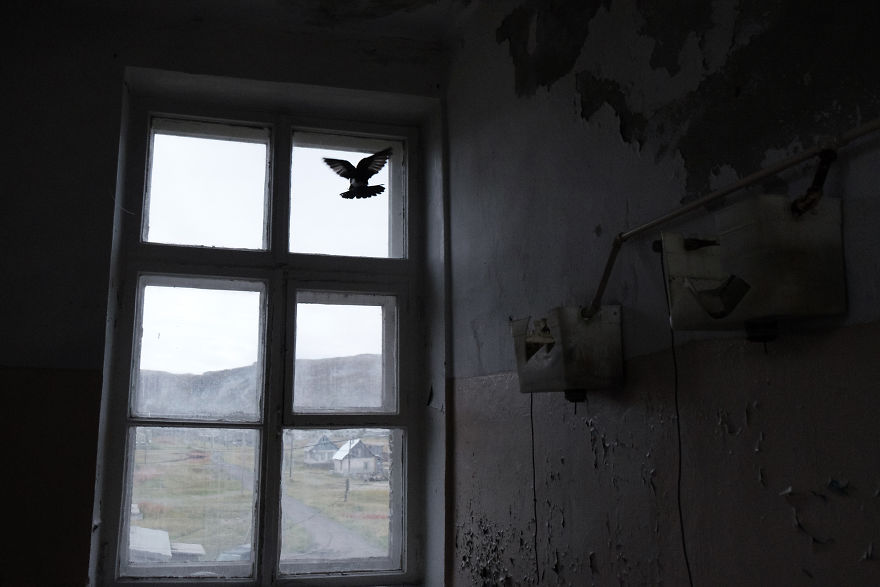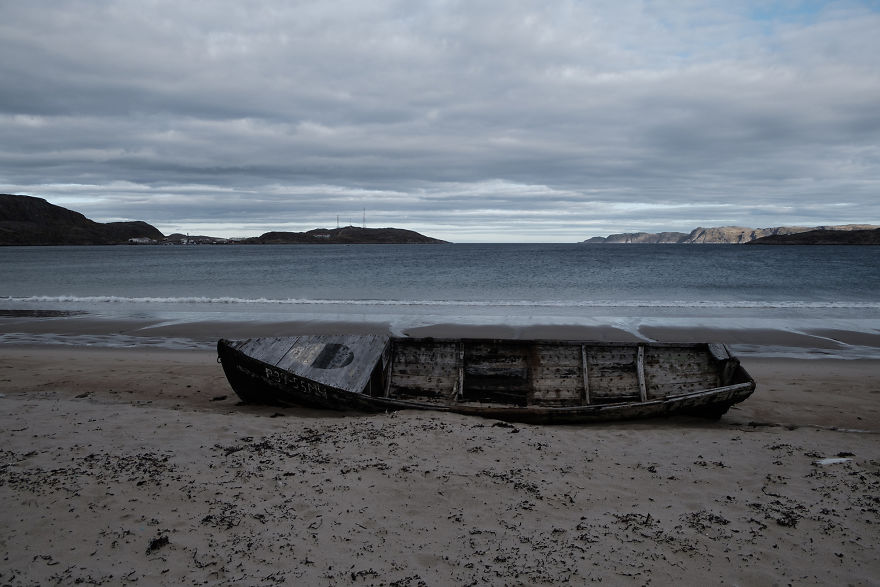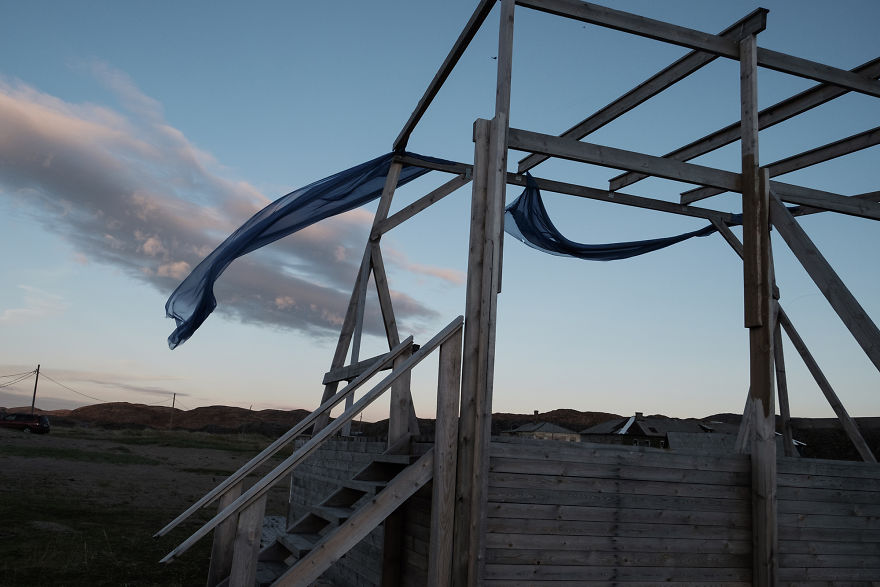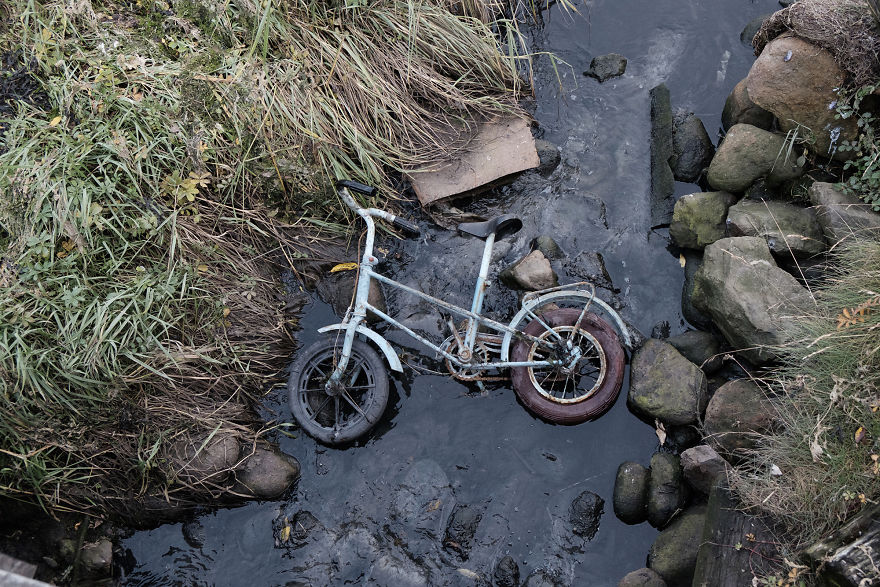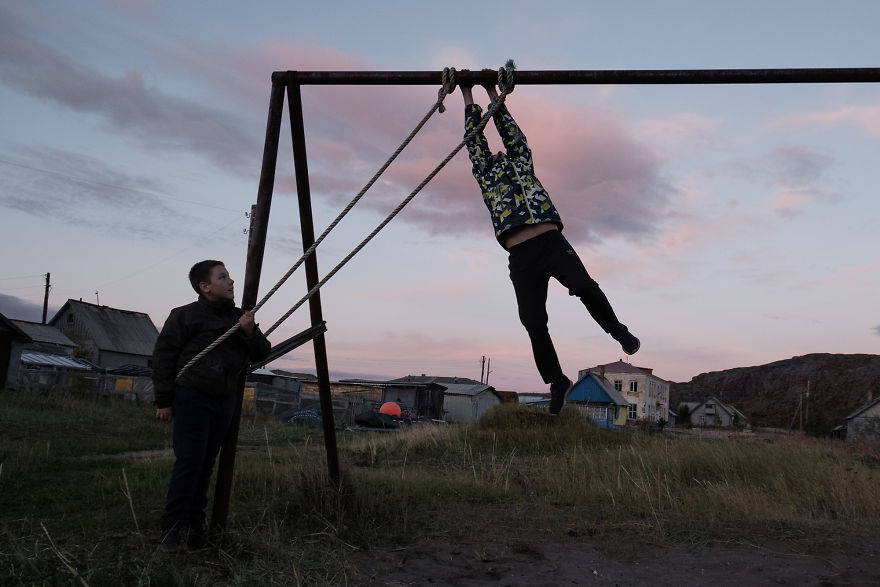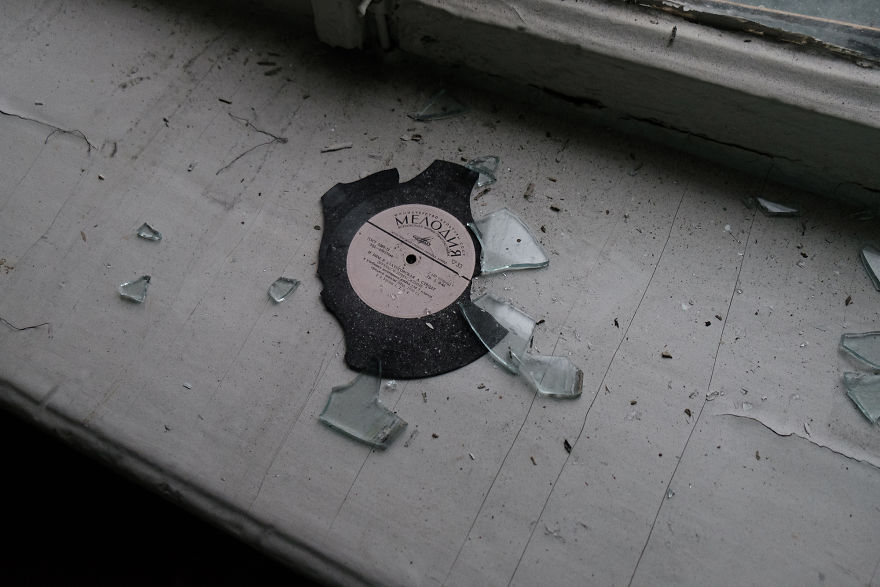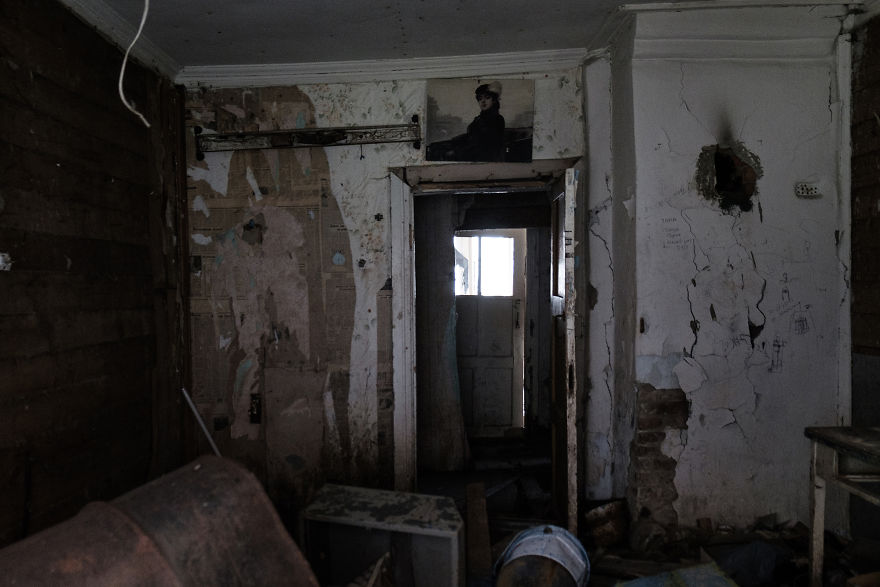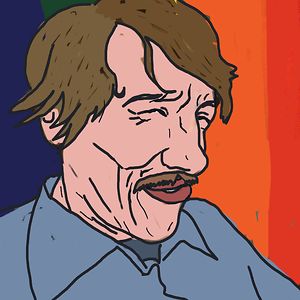In my travels, I often see abandoned or dying towns and villages. Older generations are passing away, while the younger ones are leaving their homeland and looking for a better life in big cities. Abandoned houses, furniture, books, other things slowly die and dissolve in the wild and beautiful nature. It looks surprisingly elegant.
More info: stasyadubrava.com | Facebook | Instagram | flickr.com
This post may include affiliate links.
I've taken these pictures in Teriberka – a small northern village located at Kola peninsula on the shore of Barents sea. But you can find such villages and towns all over the former Soviet Union territory.
As a settlement, Teriberka was first mentioned circa 1523. The heyday of the town was in the 1940s–1960s. There were two fishing farms, two dairy farms, a poultry farm, a 2000-head reindeer herd, a mink breeding farm, and two fish processing facilities in the village, as well as shops and warehouses of the White Sea base of Goslov (a government-sponsored organization of skilled workers). Repair facilities of the shipyard were working at their full capacity and were expanding. Active construction of housing and public organizations was underway. The village had a stadium, a community center, workers' clubs of the shipyard, a fish processing facility, a culture club, two schools (elementary and secondary), a boarding school for children from the coastal settlements, one inpatient and one outpatient hospital, and an ambulance station. Teriberka became the administrative center of a district and was growing and developing at a fast rate.
The downfall began in the 1960s when the district was transferred to the jurisdiction of the town of Severomorsk. As ship tonnage increased and fishing fleets were able to travel more quickly in the open ocean, the coastal fishing business became less important. A newly constructed fish processing complex in Murmansk put smaller processing facilities in Teriberka out of business.
During the process of "enlargement," the collective farm "Murmanets" was abolished along with its mink farm. Goslov's White Sea base fell apart, the reindeer herd was transferred to the village of Lovozero, and the fish processing plant was shut down because large fishing vessels were not able to enter the river from the ocean.
As of the beginning of the 2010s, the village was in a deplorable state. In addition to the deterioration of the infrastructure as such, the main problem was unemployment. There is no work in the village, except for the maintenance of living.
This village has become well known in Russia after the release of Leviathan movie which won a Golden Globe in 2015. This movie was filmed in Teriberka. A lot of tourists want to come there and see it with their own eyes. It helped Teriberka to survive, although in a different place: most inhabitants moved to the nearest village, abandoning the old town almost completely.
If you like my stories and work, and want me to keep covering them, I'd suggest you check out my pages and social media listed above. Enjoy the images of a somewhat harsh reality of this once-industrious village.
those are very scary but looks like it was once was a place were many people loved and played
those are very scary but looks like it was once was a place were many people loved and played

 Dark Mode
Dark Mode  No fees, cancel anytime
No fees, cancel anytime 




